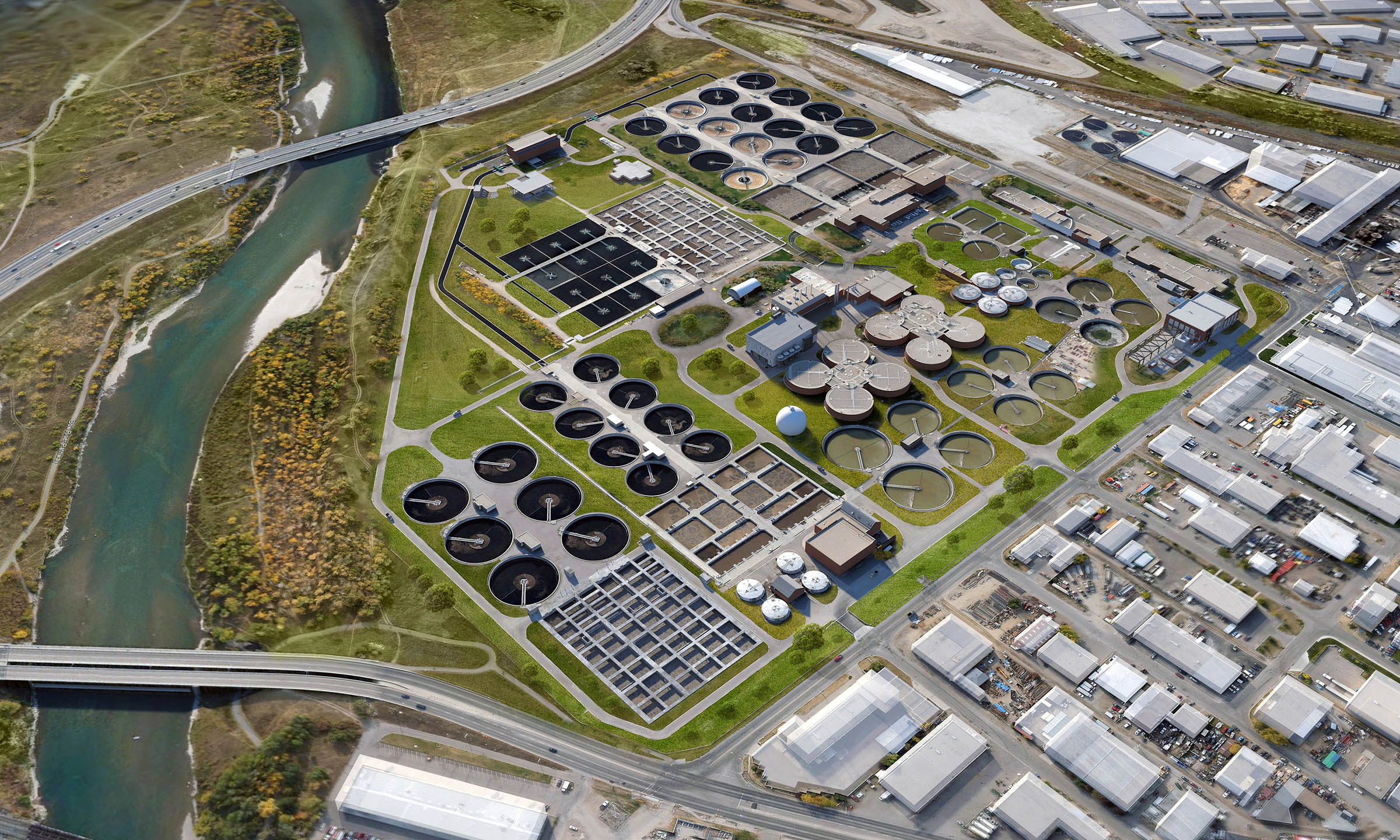Cutting-edge Methods to Waste Water Treatment Technologies
Strategic Approaches to Improve Waste Water Treatment Effectiveness and Decrease Ecological Effect
In the realm of waste water therapy, the pursuit for boosted efficiency and minimized ecological impact is a continuous obstacle that demands tactical remedies. As culture faces the essential to handle water sources sustainably, a nuanced strategy comes to be important. The assimilation of advanced treatment innovations, energy-efficient procedures, source healing techniques, boosted nutrient elimination strategies, and smart monitoring and control systems stands for a multifaceted structure for addressing these pushing concerns. Nevertheless, what exists at the core of this complex web of strategies is the potential to change the means we approach waste water therapy, not just as a process of disposal, but as a valuable possibility for development and ecological stewardship.
Advanced Treatment Technologies
Innovative membrane filtering systems have actually revolutionized advanced wastewater therapy processes, significantly enhancing the removal of impurities. This modern technology has proven to be very reliable in removing a large variety of contaminants, consisting of drugs, heavy metals, and natural substances, which are often testing to eliminate through traditional therapy methods.
Moreover, membrane purification systems provide numerous advantages over traditional therapy methods. They require less area, produce higher-quality effluent, and are a lot more resistant to changes in influent water top quality. Furthermore, these systems are very flexible and can be conveniently integrated right into existing treatment plants or utilized as standalone systems for decentralized applications. As the need for clean water remains to rise, the adoption of advanced membrane purification modern technologies is important to ensure effective and lasting wastewater therapy methods.
Energy-Efficient Processes
The combination of energy-efficient procedures in wastewater therapy systems is essential for enhancing source application and decreasing operational expenses. One crucial strategy to enhancing energy efficiency in wastewater treatment is the usage of sophisticated oygenation systems, such as great bubble diffusers or surface area aerators, which can boost oxygen transfer performance and lower power intake.
Furthermore, optimizing process control and automation through making use of advanced sensors and keeping an eye on systems can improve general energy effectiveness by changing operations in real-time based on actual need and problems. Applying power audits and regularly keeping track of energy efficiency indicators are essential practices to identify areas for improvement and track energy-saving efforts successfully. On the whole, the adoption of energy-efficient processes in wastewater treatment not just profits the environment but additionally adds to long-lasting cost savings and functional sustainability.
Resource Recovery Approaches
With an emphasis on enhancing resource application and sustainability in wastewater therapy systems, the application of source healing techniques becomes a pivotal facet in boosting functional effectiveness. Resource recuperation methods in wastewater treatment entail the recognition and extraction of beneficial resources from the waste stream, therefore transforming what was once considered waste right into a valuable property. By executing source healing strategies such as nutrient removal and recuperation, energy generation from natural matter, and the manufacturing of reusable water, wastewater therapy plants can minimize ecological impact while taking full advantage of performance.

Enhanced Nutrient Elimination Methods
Executing advanced nutrient elimination strategies is necessary for enhancing the efficiency of wastewater therapy systems. Improved nutrient removal plays an essential duty in lessening the environmental impact of cured effluent discharged right into water bodies. Among the essential strategies utilized for enhanced nutrient elimination is the process of organic nutrient removal (BNR), which involves the elimination of nitrogen and phosphorus through organic processes. This can be attained through the usage of specialized bacteria that can convert nitrogen substances into inert nitrogen gas via denitrification, and build up phosphorus within their cells via a process called boosted biological phosphorus elimination (EBPR)

In enhancement to BNR, advanced therapy approaches such as membrane bioreactors (MBRs) and constructed marshes can also be used to improve nutrient elimination performance. By integrating these sophisticated nutrient removal techniques right into wastewater treatment communities, markets and systems can effectively decrease nutrient pollution and protect the atmosphere.
Smart Monitoring and Control Solution
Making use of advanced innovation, directory the combination of smart surveillance and control systems reinvents the operational efficiency of wastewater treatment centers. These systems integrate innovative sensors and data analytics to constantly check essential specifications such as pH levels, turbidity, dissolved oxygen, and circulation prices in real-time. By collecting and evaluating this information, drivers can get useful insights right into the efficiency of the treatment procedures, enabling aggressive adjustments to optimize treatment effectiveness.
Smart tracking and control systems also support remote surveillance capacities, permitting drivers to access real-time data and control features from off-site places. This remote access improves operational flexibility and responsiveness, allowing speedy treatments in situation of system breakdowns or changes in influent top quality. Moreover, the predictive upkeep capacities of these systems aid avoid devices failings and decrease downtime, eventually enhancing the general dependability of wastewater treatment operations (Waste Water Treatment).
Verdict
In verdict, critical approaches such as advanced therapy modern technologies, energy-efficient procedures, source healing techniques, improved nutrient elimination methods, and wise surveillance and control systems play an important function in improving wastewater treatment performance and lessening environmental impact. By executing these techniques, wastewater treatment plants can boost their general efficiency, minimize power intake, recoup important sources, and ensure conformity with ecological guidelines. These approaches are crucial for sustainable and efficient wastewater monitoring practices.

In verdict, tactical methods such as sophisticated treatment innovations, energy-efficient procedures, source recuperation techniques, boosted nutrient elimination methods, and clever surveillance and control systems play a vital duty in boosting wastewater treatment effectiveness and lessening environmental influence.